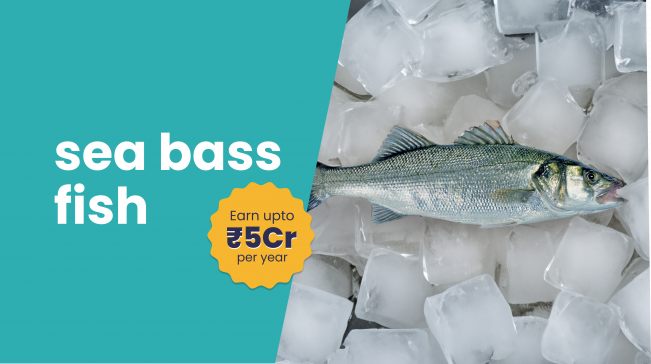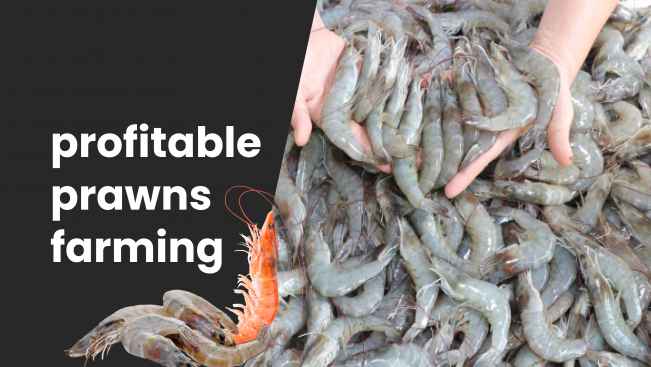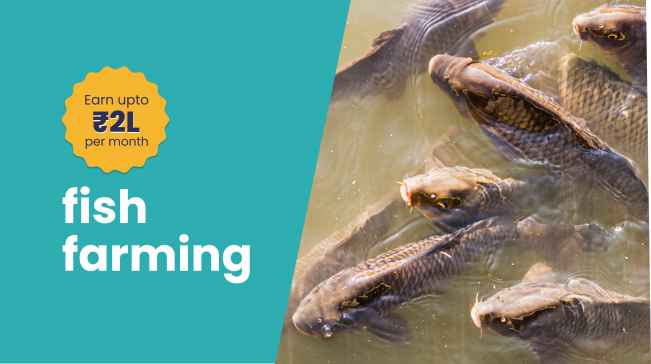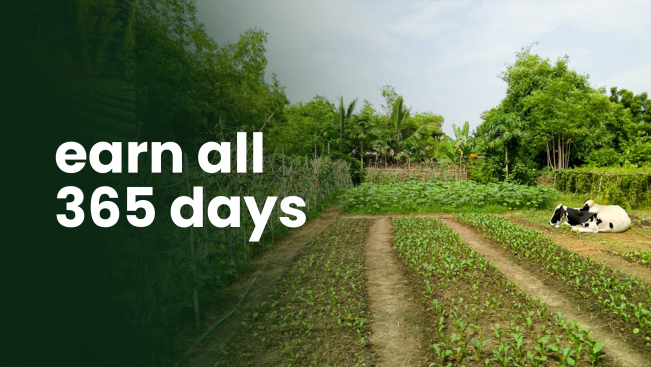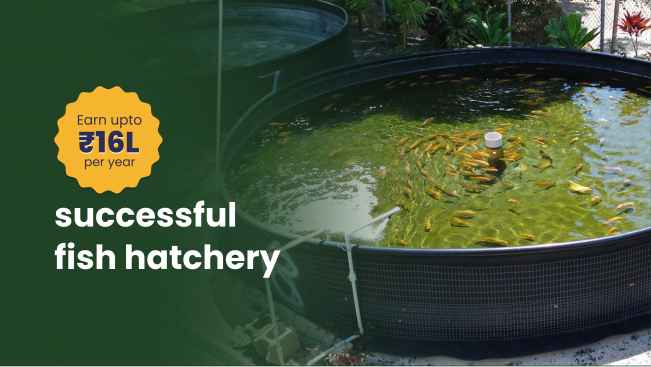Are you ready to join the lucrative world of Sea Bass Fish Farming and earn more than five crores? This course on the ffreedom app offers practical and reliable information on how to start and run a successful fish farming business.
With the growing demand for sea bass fish and its high market value, this is the perfect time to invest in this industry. Our experienced mentor, with a proven track record in sea bass fish farming, - Mr. Karthik Gowda will guide you through the process, sharing their knowledge and insights.
This comprehensive course covers everything you need to know, from the basics of fish farming to managing demand and supply, finances, marketing, and promotion. You'll learn the importance of location, licenses, permits, capital requirements, and the necessary staff to run the business effectively.
By taking this course, you'll learn how to start and run a successful sea bass fish farming business and benefit from the ample opportunities this industry has to offer. You'll be equipped with the necessary skills and knowledge to succeed, and with our mentor's guidance, you can replicate the same practical methods in your own business.
If you're nervous about leaping, we understand. That's why we encourage you to watch the course video, where you can see for yourself the benefits of this course and the expertise of our mentor. So why wait? Enroll now and join the thriving world of Sea Bass Fish Farming.
Get an overview of the sea bass fish farming course, meet the mentor, and learn basic information about farming.
Get to know your experienced mentor and their achievements in the field of sea bass fish farming.
Learn the essential facts and figures about sea bass fish farming, its importance, and its opportunities.
Get a comprehensive understanding of the regulatory landscape for sea bass farming.
Get an understanding of the setup required to start sea bass fish farming, including the capital, government support, and licensing.
Discover the different types of sea bass and understand the unique advantages of each species.s
Learn the foundational steps of starting your own baby sea bass farm,
Learn how to select the perfect location for your sea bass fish farm.
It covers the different options for sourcing plants, seeds, soil, and water, including the pros and cons of organic and chemical fertilizers and pest control.
Learn about the options for creating the ideal sea bass fish farming environment, including the equipment you'll need to get started.
Learn about the ideal breeding environment for baby sea bass, including temperature, water quality, and other critical factors for a successful breeding program
Understand the proper techniques for harvesting baby sea bass in a sustainable manner to ensure maximum yield and profitability.
Learn the best ways to market your Sea Bass Fish Farming business, including online and offline sales techniques for maximum profit.
Understand the demand for sea bass, calculate expenses and learn strategies to maximize profit in your sea bass fish farming business.
Learn the key takeaways from the course and how to move forward with your sea bass fish farming business.

- Aspiring entrepreneurs who want to enter the fish farming industry
- Existing fish farmers looking to diversify their operations
- Agricultural graduates who are interested in fish farming
- Investors seeking to invest in a profitable and sustainable business
- People looking to enter the food and agriculture industry



- Understanding of the sea bass fish farming industry, including market trends and demand
- Knowledge of the various stages of the fish farming process, from breeding to harvest
- Techniques for maintaining water quality and temperature, feeding, and caring for the fish
- Strategies for procuring resources, such as fingerlings and feed, at optimal prices
- Knowledge of the most efficient and cost-effective production methods
Once you purchase a course, it is with you forever on the ffreedom app. You can learn and revisit the chapters any number of times.
You can view the course videos at your convenience by downloading the entire course content on your mobile. Learn at your pace and from anywhere.
Get certified on completing a course. Each course will earn you a certificate that will help you display your newly gained skills.




Get certified on completing a course. Each course will earn you a certificate that will help you display your newly gained skills.
Buy this course for ₹599 and get lifetime validity for it on the ffreedom app
Other courses on ffreedom app you might be interested in...
